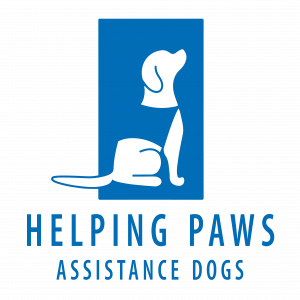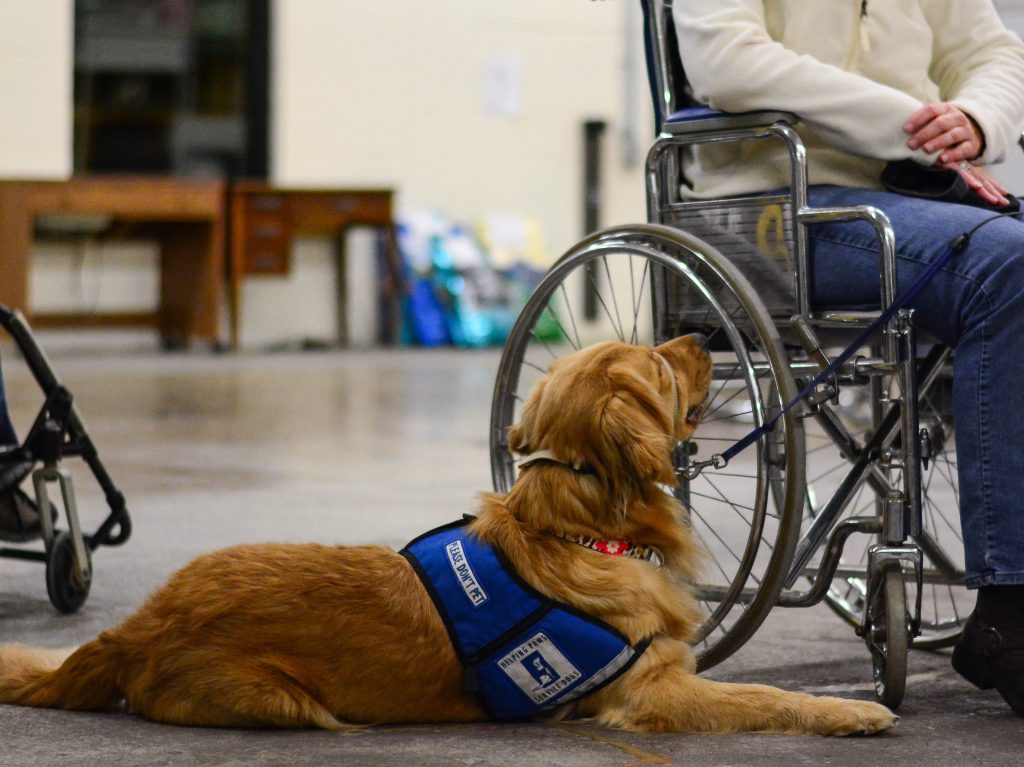Evaluating Assistance Dog Organizations

What should I look for in choosing an agency when considering an Assistance Dog partnership?
There are many organizations that train Assistance Dogs throughout the United States, each varying in size, location, and training methods. The following are some considerations in choosing an organization.
- Is the organization accredited by Assistance Dogs International (ADI)? Through the accreditation process, member organizations are required to follow and maintain established policies and procedures to ensure standards of service to people with disabilities through their application/student/graduate selection, training and team matching methods.
- What are the costs or fees for services involved in receiving an Assistance Dog? Costs can vary from one organization to another, but may include an application fee, equipment fee and, in some cases, you could be required to raise funds toward the cost of training the dog. Be sure that you are aware of any fees involved prior to receiving the Assistance Dog. Most accredited nonprofit Assistance Dog organizations charge a nominal, if any, fee. Use caution if any agency charges what seems like exorbitant fees for an Assistance Dog. A person receiving an Assistance Dog should have the financial resources to cover the costs of dog food and veterinary care.
- How many years has the organization been in existence? An organization that has an established history of providing Assistance Dogs will have experience in working with clients with a variety of needs.
- Does the organization provide follow up services to their clients? Providing follow up services for the life of the Assistance Dog is necessary to make sure the client and Assistance Dog are working together in a manner that is safe for both of them. In addition, lifelong follow up allows the organization to provide support during times of life transitions (medical issues and/or end of life issues that arise in the dog, deciding when to retire the Assistance Dog, arranging for care of the dog if the client is ill or hospitalized, and planning for successor dog placement).
- How does the organization ensure that the Assistance Dog is healthy? Prior to placement, all Assistance Dogs should undergo screening such as hip and eye evaluations to ensure physical health and all Assistance Dogs should be spayed or neutered. In addition, an Assistance Dog should be screened for temperament and emotional soundness.
- How does the organization ensure that the Assistance Dog has completed sufficient training in order to complete tasks for the person receiving the dog? An Assistance Dog should have gone through a variety of socialization experiences and opportunities throughout its training. The training period should be of sufficient length and time for the dogs to learn and master the skills it is being taught. An Assistance Dog should also be able to exhibit these skills in public on a consistent basis. In addition, the person receiving the dog will go through an application process and receive education on how to work with the Assistance Dog.

